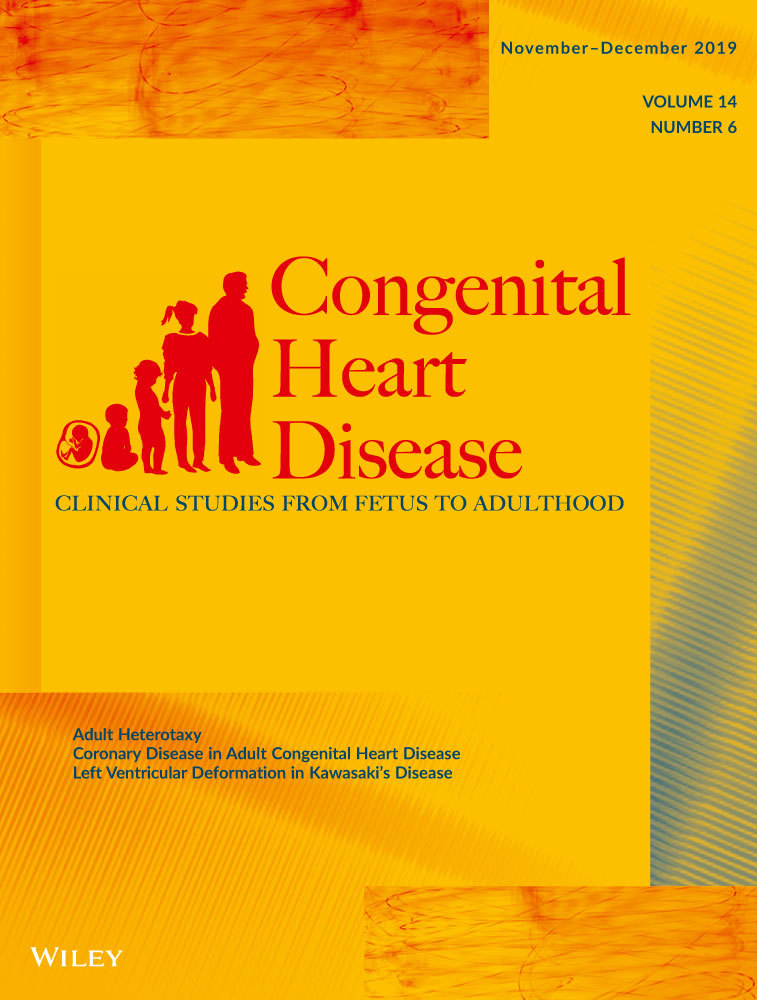Arteriovenous fistula creation for hypoxia after single ventricle palliation: A single-institution experience and literature review
Abstract
Background
Hypoxia is a common and sometimes severe morbidity of single ventricle congenital heart disease (CHD). Creation of an arteriovenous fistula (AVF) is occasionally performed for patients after superior or total cavopulmonary connection (SCPC or TCPC) in an attempt to improve oxygen saturations. Despite previous reports, AVF creation is a rare palliation with inadequately defined benefits and risks. We sought to determine changes in peripheral oxygen saturation (SpO2) and risk of adverse event after AVF creation in children with single ventricle CHD at our institution.
Methods
We conducted a retrospective chart review of patients with a history of single ventricle palliation and history of surgical AVF creation who were seen at our tertiary care center from 1996 to 2017.
Results
A total of seven patients were included in our study. SpO2 for the overall cohort did not significantly increase after AVF creation (pre-AVF 79.1 ± 6.9%, post-AVF 82.7 ± 6.0% [P = .23]). SpO2 trended up for large shunts (>5 mm) (pre-AVF 75.0 ± 7.6%, post-AVF 84.0 ± 5.3% [P = .25]). SpO2 did not improve for small shunts (≤5 mm) (pre-AVF 82.3 ± 6.5%, post-AVF 81.0 ± 8.5% [P = .50]). The 12-month overall and transplant-free survival were 85.7% and 71.4%, respectively. Freedom from AVF-related complication (cephalic edema, thrombotic occlusion) was 51.4% at 12 months.
Conclusion
Palliative AVF creation for patients with single ventricle CHD and hypoxia does not universally improve SpO2 and is prone to early complications. Despite a lack of durable benefit and known risks, AVF creation remains a reasonable palliation for a subset of patients after SCPC who are not candidates for TCPC, or potentially as a bridge to heart transplantation.
CONFLICT OF INTEREST
The authors declare that they have no conflict of interest with the contents of this article.




